Facilities
Multiple Facilities That Support Our Mission
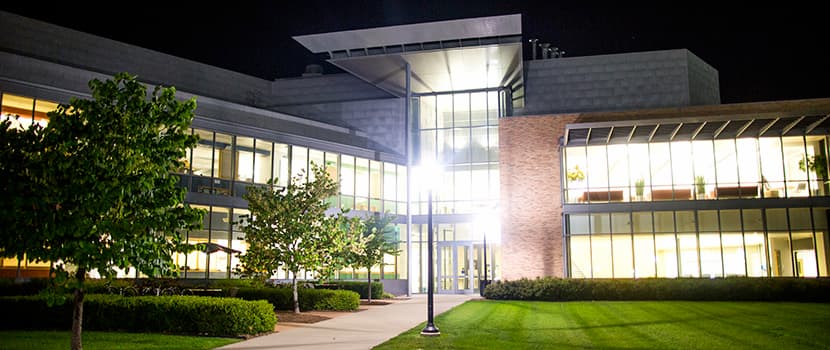
Research and Education on North Campus
Here is a list of the offices and research facilities which house BME activities.
Ann and Robert H. Lurie Biomedical Engineering Building

LBME is a 20,000 square-foot open floor plan building features a “wall of windows” with views to the outdoors. The BME Commons teaching, learning, teamwork, collaboration and ideation space is a gathering place for the BME community. The BME Commons teaching, learning, teamwork, collaboration and ideation space is a gathering place for the BME community.
Several key features of the BME Commons include:
- Open and welcoming spaces for socializing and building community
- Structured and technology-equipped areas for ideation, collaboration, and teamwork
- Enhanced prototyping, fabrication, and testing spaces
- Specialized spaces for enhanced training and learning
- New instructional labs for biomechanics, biotechnology, and instrumentation
- Flexible classroom for lecture, active learning, and seminar formats
- Infrastructure for co-curricular student groups
Ann and Robert H. Lurie Biomedical Engineering Building
A 20,000 square-foot open floor plan building features a “wall of windows” with views to the outdoors.
The BME Commons teaching, learning, teamwork, collaboration and ideation space is a gathering place for the BME community.
Several key features of the BME Commons include:
- Open and welcoming spaces for socializing and building community
- Structured and technology-equipped areas for ideation, collaboration, and teamwork
- Enhanced prototyping, fabrication, and testing spaces
- Specialized spaces for enhanced training and learning
- New instructional labs for biomechanics, biotechnology, and instrumentation
- Flexible classroom for lecture, active learning, and seminar formats
- Infrastructure for co-curricular student groups
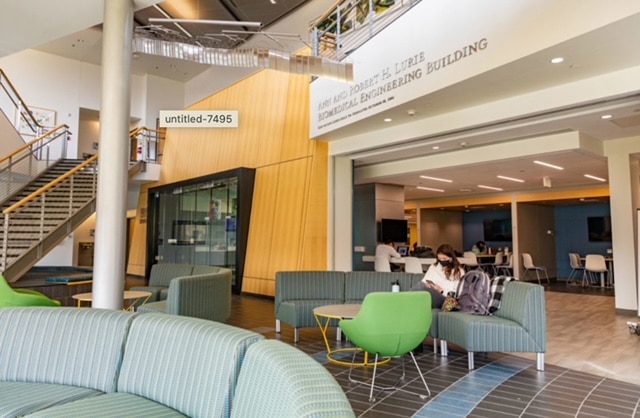
“We’re excited to have these outstanding design and maker spaces, which were created specifically to enhance experiential learning for biomedical engineering students and faculty.”
Jan Stegemann, Ph.D., BME Associate Chair for Master’s Education, Professor of Biomedical Engineering, and Project Lead
BME Design Spaces
The goals of the BME Design Space are to foster teamwork and community, integrate professional practice into BME curriculum, and promote engineering / industry / medicine interactions.
The link to the BME Design Spaces website is: http://sites.google.com/umich.edu/bmedesignspaces
BME Prototyping Hub sits in the center of the design spaces and serves as a lab space for students to collaborate.
The classroom in seminar mode can accommodate guest lecturers and visitors and provides the ability to conduct meetings with multimedia displays.
An emphasis on glass lets natural light enter the space through a large double-sided display.
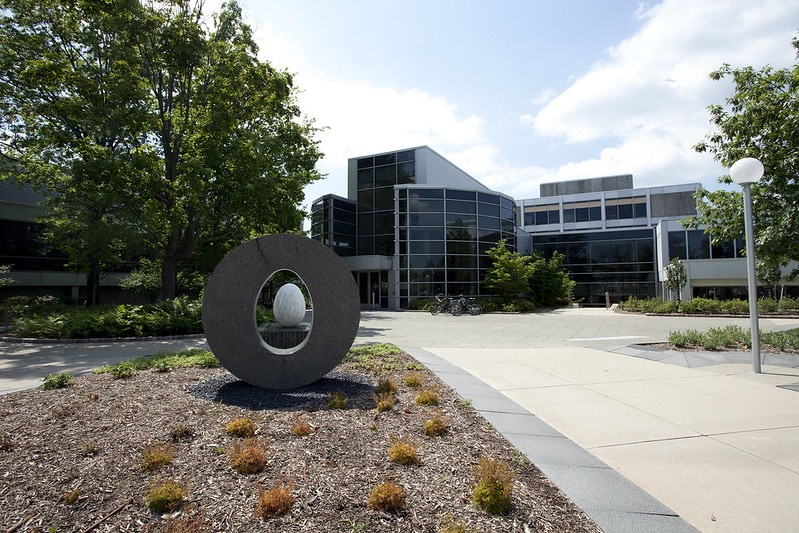
North Campus Research Complex
In the midst of 28 buildings and thousands of square feet of laboratory space, the North Campus Research Complex (NCRC) is a unique enclave, with U-M resources and scientific core facilities. NCRC’s environment is specifically designed to foster collaboration and innovation.
Research at NCRC is translational in nature, with the goal of moving scientific discoveries from the lab to the marketplace and clinic.
BME faculty and staff have a presence in the following NCRC buildings:
- 520
- 20
- 36
- 14
- 26
- 25
- 10
- 28
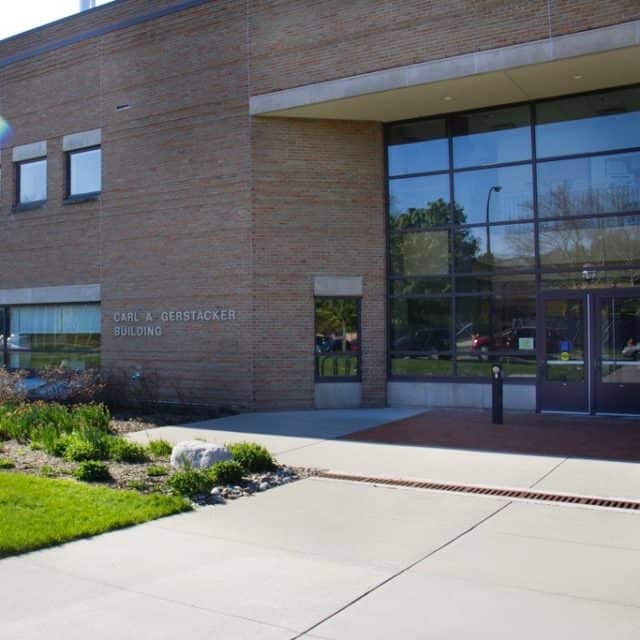
Carl A. Gerstacker Building
A smaller space featuring high-tech ultrasonic imaging, nano- and micro-molecular biotechnology, and bio-fluid mechanics labs working on an artificial lung.
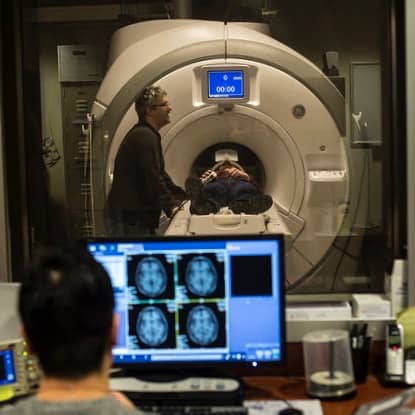
Functional and In-Vivo MRI Labs
Houses a state-of-the-art 3T whole-body fMRI scanner and a 7T small-bore MRI system for cognitive and clinical neuroscience as well as MRI methods and basic biomedical research.
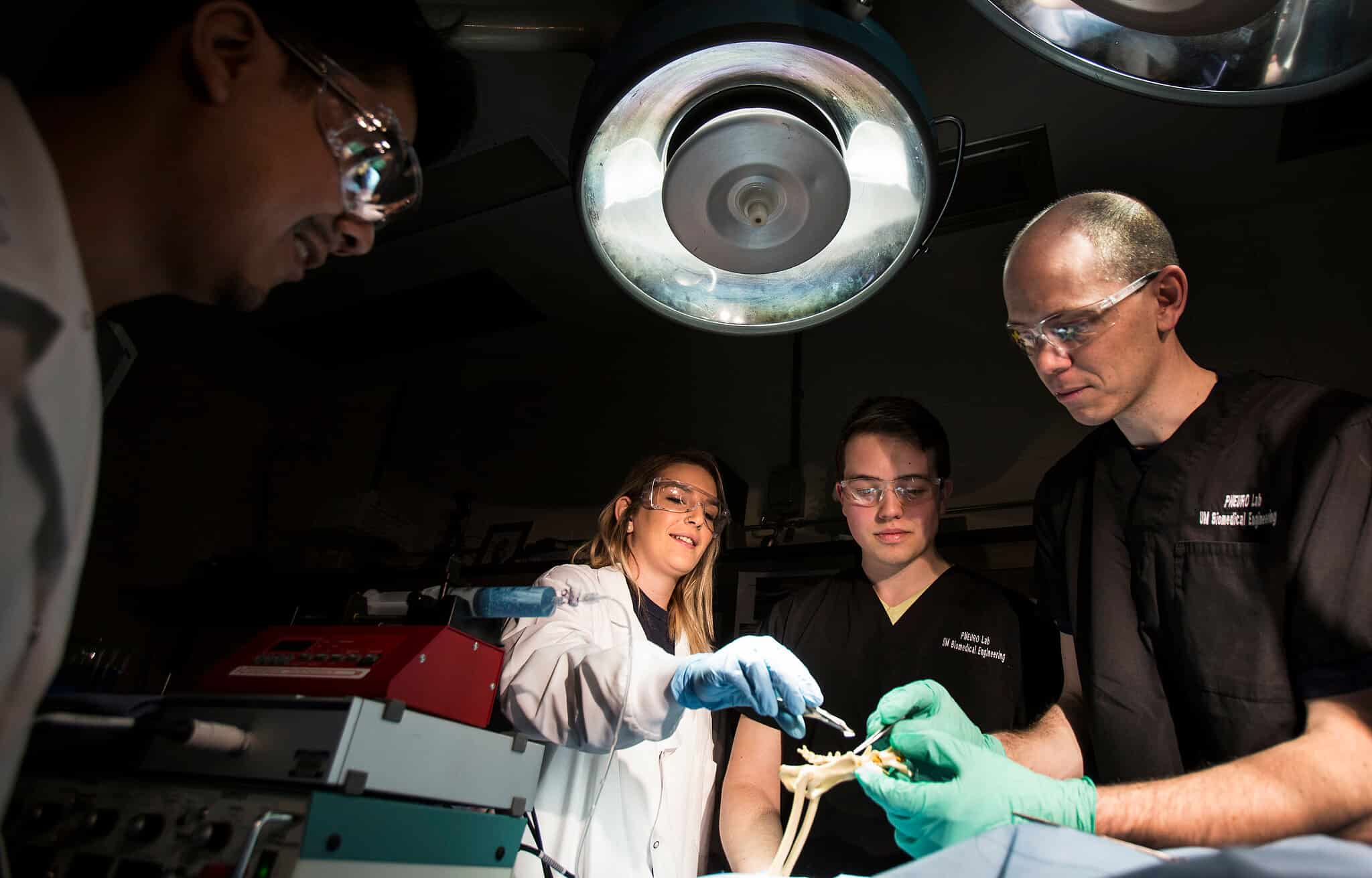
Shared Facilities
In addition to these core facilities, BME researchers have access to facilities we share with the College of Engineering and Medical School. Shared resources include:
- Fully equipped tissue culture facilities
- Small animal facilities with holding and procedure areas
- Access to multiple microscopy systems, such as confocal and TIRF instruments
Engineering Facilities
Engineering Facilities

Biointerfaces Institute
In 2012, the University of Michigan set out to exponentially accelerate the discovery of new healthcare technologies by launching the Biointerfaces Institute (BI). Designed to promote continual collaboration between life and physical scientists, this unconventional research hub is creating a new kind of science landscape—a venue that encourages out-of-the-box thinking, drives innovation, accelerates the path from basic research to real-world health outcomes, and simultaneously serves as an ideal training site for the next generation of scientists and thought leaders.

The Center for Advanced Computing – Advanced Research Computing
Technology Services provides access to and support for advanced computing resources. ARC-TS facilitates new and more powerful approaches to research challenges in fields ranging from physics to linguistics, and from engineering to medicine.

Center for Ergonomics
The Center for Ergonomics operates within the Department of Industrial and Operations Engineering in the College of Engineering. Students, research scientists, and research sponsors are drawn to the Center because of its faculty who are experts in a broad range of topics in Cognitive and Physical Ergonomics and because of the Center’s extensive resources– state-of-the-art laboratories, test equipment, expert staff, and computer systems.
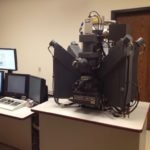
The Center for Ultrafast Optical Science (CUOS)
CUOS researchers develop optical instrumentation and techniques to generate, manipulate, and detect ultrashort and ultrahigh-peak-power light pulses. They use these ultrashort pulses to study ultrafast physical phenomena in atomic, nuclear, plasma, and materials physics, in solid-state electronics, in high-energy-density physics, and in biomedicine.
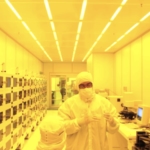
Lurie Nanofabrication Facility
The Lurie Nanofabrication Facility (LNF) is available, on a fee basis, for use by research groups from government, industry and universities. Equipment and processes are available for research on silicon integrated circuits, MEMS, III-V compound devices, organic devices and nanoimprint technology.
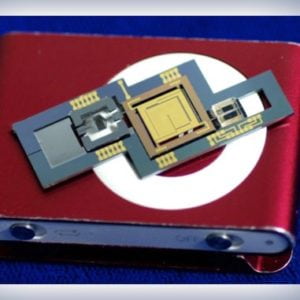
Wireless Integrated MicroSystems (WIMS)
The mission of the Center for Wireless Integrated MicroSensing and Systems (WIMS2) at the University of Michigan is to advance the investigation, development, and application of sensor-enabled microsystems through basic research, education, and interactions with industry. The collaborative, multi-disciplinary research environment within WIMS2 provides a unique opportunity for system-level investigation of challenging research problems.
Medical School Facilities
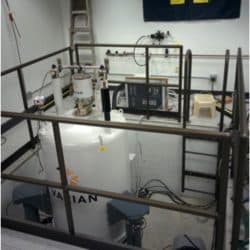
Biochemical Nuclear Magnetic Resonance Core
The BNMR Core located at the College of Pharmacy provides research support for graduate students, postdocs, and faculty. They encourage a hands on experience following a straightforward training, but also can offer the services of running your samples for you. If you have questions about structure elucidation, what experiments you should run, data processing, and more, the staff is available to help you.

Biomedical Research Core Facilities
Biomedical Research Core Facilities help researchers economically take advantage of the latest technology and collaborate with top experts in the field.
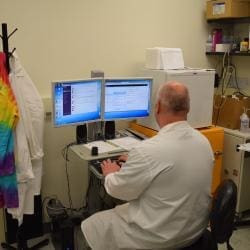
Cell & Developmental Biology Microscopy & Image Analysis Lab
The Microscopy and Image Analysis Laboratory (MIL) is a centralized operation including more than 3,000 square feet housing major equipment, used on a shared basis by investigators focusing mainly on studies of cell and tissue morphology and ultrastructure. It offers state-of-the-art equipment for microscopic imaging, including fluorescence microscopy, as well as scanning and transmission electron microscopy.

Center for Arrhythmia Research
At the Center for Arrhythmia Research, scientists and physicians from a variety of disciplines work together to develop new methods of diagnosing and treating cardiovascular diseases, with the primary goal of preventing premature cardiac death.
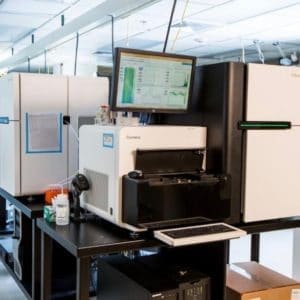
DNA Sequencing Core
The Core occupies approximately 10,000 square feet of laboratory space in the North Campus Research Complex, with 30 highly trained individuals on staff to help you. They operate a wide variety of instruments that perform DNA sequencing, genotyping, gene expression analysis, DNA quantification and quality control.
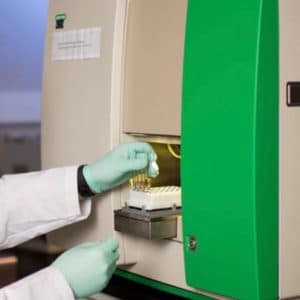
Flow Cytometry Core
The Flow Cytometry Core, part of the Biomedical Research Core Facilities in the Office of Research, provides instrumentation and expertise to University of Michigan investigators – and the surrounding biotech community – in a broad range of basic and medical science disciplines. Samples are prepared by individual investigators, who then deliver samples to the Core for flow cytometric analysis or cell sorting. The Core also provides assistance in grant and publication preparation, publication-quality graphics, and development of experimental designs.

Institutional Review Board
A component of the University of Michigan’s Human Research Protection Program (HRPP) and a unit of the Office of Research, the five Institutional Review Boards of the University of Michigan Medical School (IRBMED) oversee human subjects research conducted at the Medical School and UMHS.
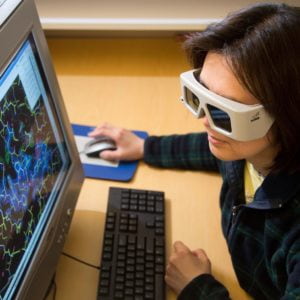
Center for Structural Biology
The Center for Structural Biology (CSB), housed in the Life Sciences Institute, is a comprehensive structural biology resource for researchers at the University of Michigan and surrounding areas.

Transgenic Animal Model Core
The Transgenic Core routinely prepares genetically modified mice and rats for University of Michigan investigators (transgenic mice, transgenic rats, knockout mice, and knockout rats). These animals can be used to study gene function, gene expression, gene regulation, to develop animal models of human disease, to test gene therapy reagents, to establish cell lines from specific cell types transformed in vivo, to produce mice with tissue-specific inducible gene expression or tissue-specific gene deletions, or to study the effects of cell specific ablation with toxigenes.

Unit for Laboratory Animal Medicine
One of the nation’s oldest and most recognized programs training laboratory animal veterinarians. In addition to fulfilling its training mission, ULAM has also provided veterinary care to all animals used at the University of Michigan for over 50 years.
Virtual Lab Tours — Visit Our YouTube Channel
Our U-M BME YouTube Channel features videos that highlight our labs, design spaces, and research. Stop by virtually to experience our latest activities and visit several of our highlighted facilities.